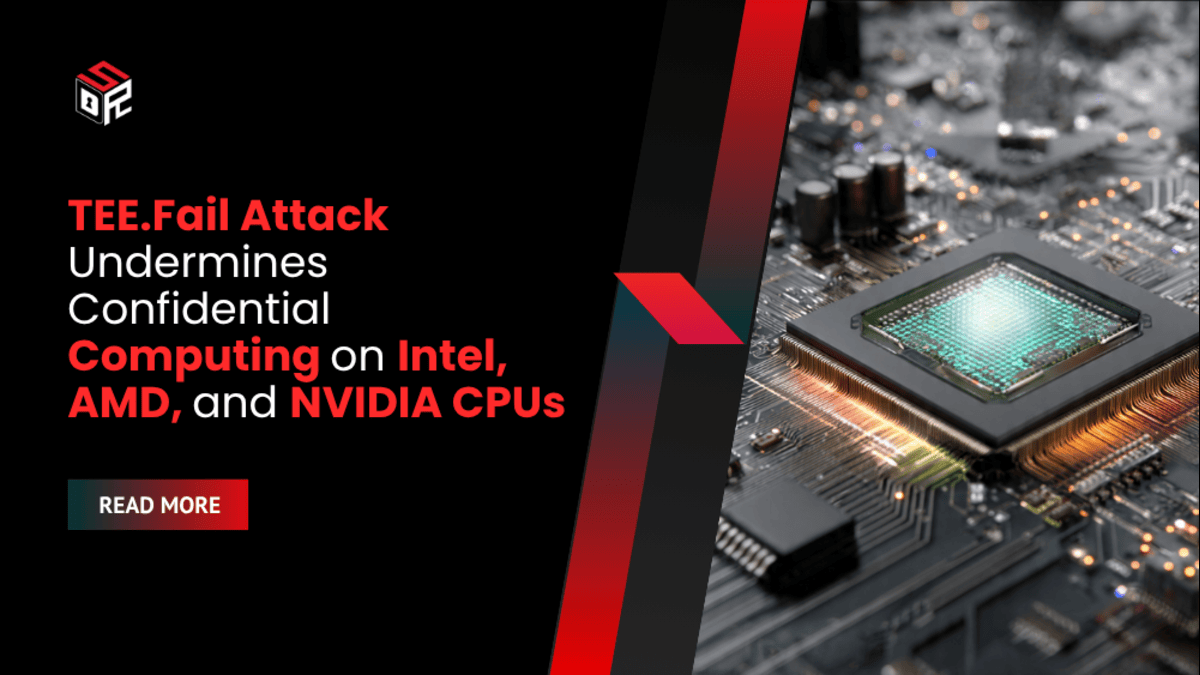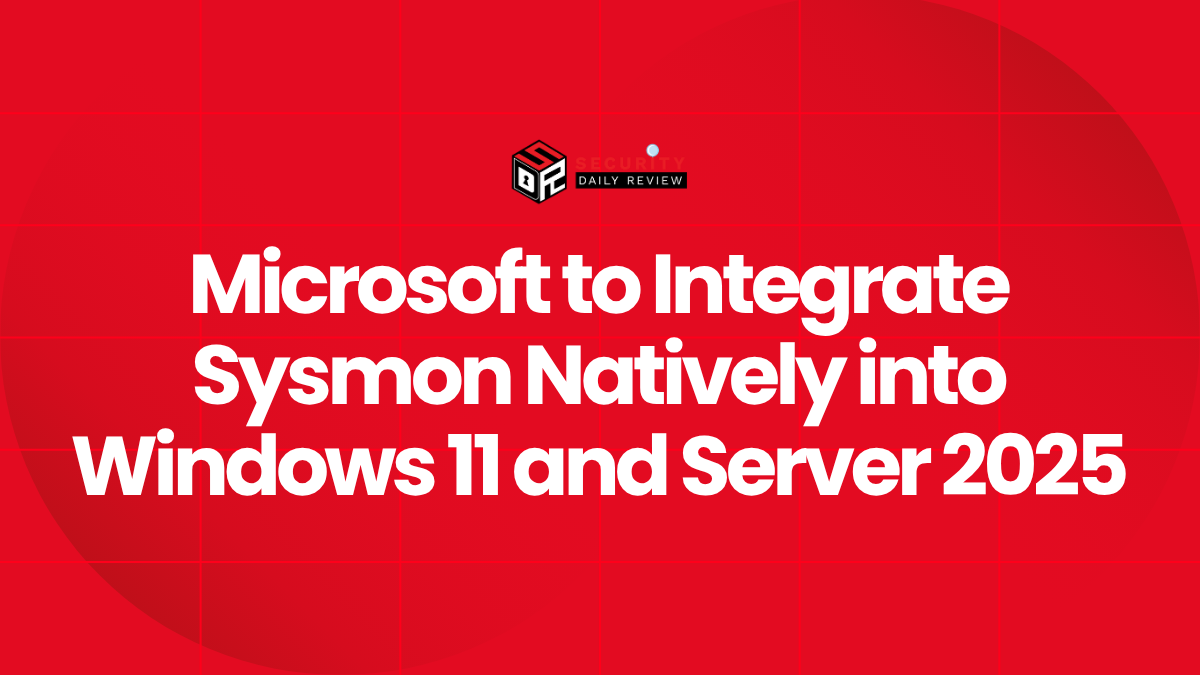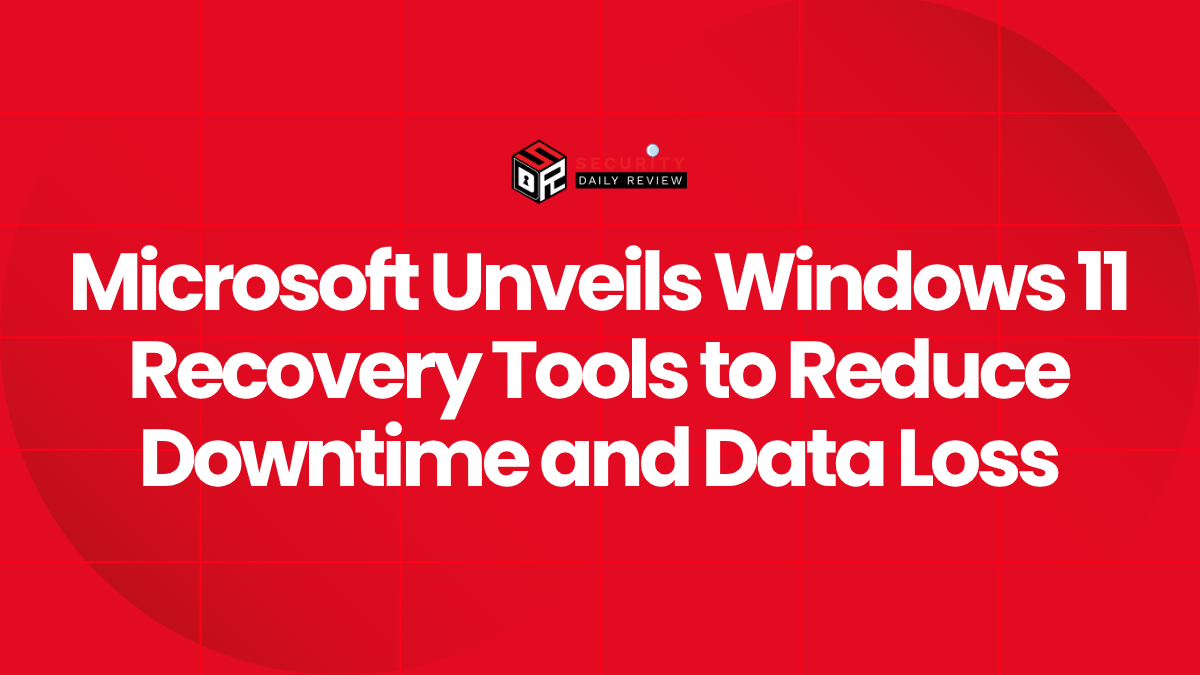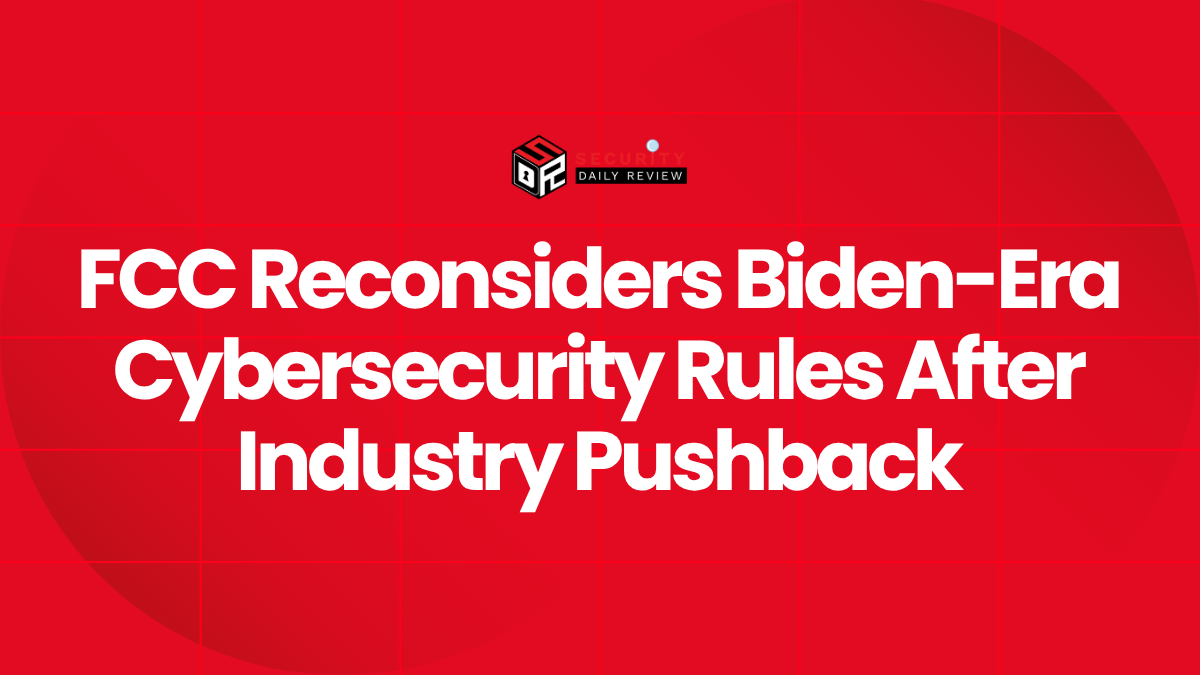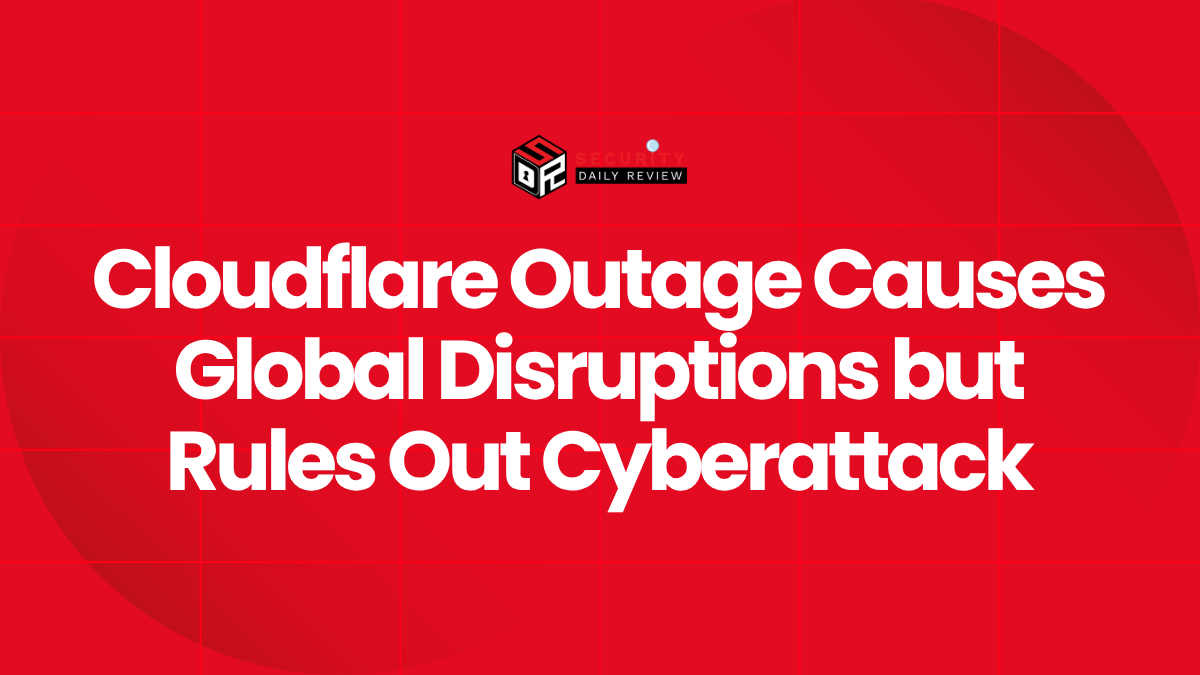A recently disclosed side-channel exploit named “TEE.Fail” threatens to break the security model underpinning modern confidential computing by extracting secrets from the trusted execution environments (TEEs) of major CPU and GPU vendors.
Vulnerabilities in TEEs Expose Cryptographic Keys and Attestations
Researchers from several universities have demonstrated how TEE.Fail can compromise isolated environments such as Intel SGX and TDX, AMD SEV-SNP, and NVIDIA GPU Confidential Computing. Attackers using a low-cost hardware interposer (under $1,000) attached to a DDR5 memory bus can observe encrypted communications and decrypt keys under certain conditions.
The attack exploits deterministic AES-XTS encryption used in DDR5 memory and the absence of memory integrity or replay protective mechanisms in recent TEE implementations. By reducing memory clock speed and intercepting reads/writes at the DRAM level, researchers successfully retrieved private signing keys, forged attestation tokens, and bypassed TEE isolation.
“We are able to extract private signing keys from TEEs and forge valid attestation quotes, allowing malicious workloads to appear ‘trusted’ within SGX, TDX or SEV-SNP environments,” the research team explains.
In one proof-of-concept scenario, the team accessed the Provisioning Certification Key (PCK) from a server-class Intel Xeon processor, enabling spoofed device identity and subversion of attestation checks. They also demonstrated that AMD’s “ciphertext hiding” option does not prevent this type of memory-bus side-channel.
Attack Requirements and Real-World Feasibility
While the exploit is technically sophisticated, it does require:
- Physical or privileged access to the target system’s DDR5 memory bus (e.g., via riser or test fixture)
- Kernel-level privileges to modify or insert a driver that assists the interposer in mapping physical addresses
- Target hardware using DDR5 memory channels and TEEs with current hardware-enforced cryptographic support
According to the researchers, this means the attack remains less feasible in many standard enterprise or cloud environments, but it dramatically raises risks within high-security or co-located infrastructure. They caution that future supply-chain compromises or test-lab exposures could lower the barrier to exploitation.
Implications for Cloud Providers, Confidential VMs and Secure Workloads
Confidential computing promises that data remains protected even when the OS, hypervisor or host-hardware is compromised. With TEE.Fail, providers of cloud-based confidential VMs and isolated GPU workloads face a weakened trust model: attackers could extract keys, impersonate “secure” enclaves, or manipulate execution without detection.
For enterprises relying on hardware-enforced security, this attack demands a rethink of high-value workloads. Applications processing sensitive keys, intellectual property, or commercial-grade secrets may no longer rely solely on current TEEs without additional safeguards.
TEE.Fail Mitigation Strategies and Recommendations
Security teams should consider the following immediate responses:
- Treat the physical memory bus as a high-value attack vector and restrict system access accordingly
- Verify use of memory modules with integrity and replay protection, or disable DDR5 channels in high-risk systems until mitigated
- Use software-based split-key or multi-party computation techniques so key material is never handled in a single enclave
- Monitor for abnormal driver installations, untrusted riser hardware, or physical tampering in data-center systems
- Collaborate with providers and vendors to rewind attestation root-of-trust models relying on TEE isolation alone
TEE.Fail shines a spotlight on foundational hardware trade-offs: for scalability and performance, recent platforms reduced memory-bus protections—placing new load on layers above. Trust in TEEs must evolve alongside the hardware threat-model. Cloud operators, industrial customers, and hardware vendors will need to shift from “RELY ON the enclave” to “ASSUME the enclave may have been compromised” and build layered security accordingly.

